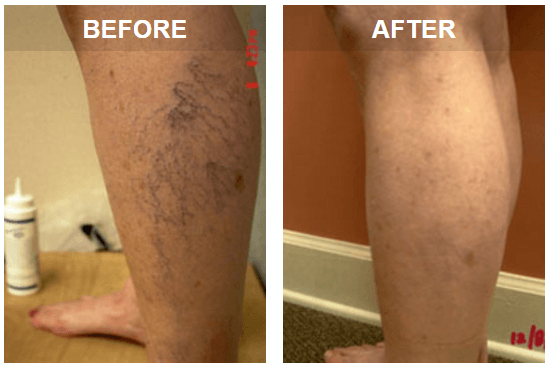Do you have thin blue, purple or red veins on your legs, feet or face? These unsightly veins, called spider veins, emerge for many reasons including pregnancy changes, genetics and lifestyle. While not dangerous to your health, spider veins can be a sign of underlying health concerns that you may want to address with your physician.
What Are Spider Veins?
Technically, spider veins are recognized, as extremely thin veins less than 1 mm in diameter on your face or legs that look like a fine pen line, spider web-like maze, or “starburst”. Because these veins are just under the surface of the skin, you can most likely see the reddish or bluish color that indicates their presence.
Are Spider Veins A Sign Of Poor Circulation?
While men and women can develop spider veins, women are almost three times more likely, largely due to pregnancy. If your family has a history of varicose and spider veins, you are also more likely to develop them.
However, are spider veins a sign of poor circulation? Many times, the specific cause of spider veins is unknown, but there are a few potential culprits. Veins returning your blood from your body back to your heart and lungs. As you age, gain weight or have valves that weaken, your veins may allow your blood to flow backward ‘reflux’ or to pool in your legs. This reversed or stagnant blood flow enlarges your veins, making them more visible causing spider and varicose veins.
In this case, your circulation and spider veins are related. Because your blood is not efficiently moving in the correct direction, you begin to see the blue and red lines beneath the surface of your skin. Your poor circulation is causing the spider veins to develop and expand.
However, there are other reasons for poor circulation and spider veins. The walls of your veins may have weakened over time. You could also have suffered from an inflammation of your veins, called phlebitis, or a congenital abnormality of your veins. However, there is no association between spider veins and significant arterial disease or PAD.










